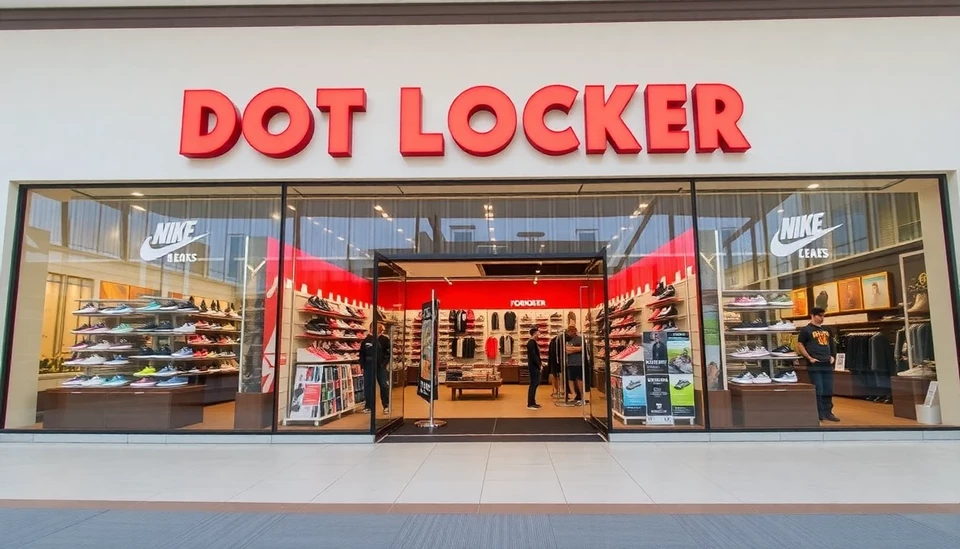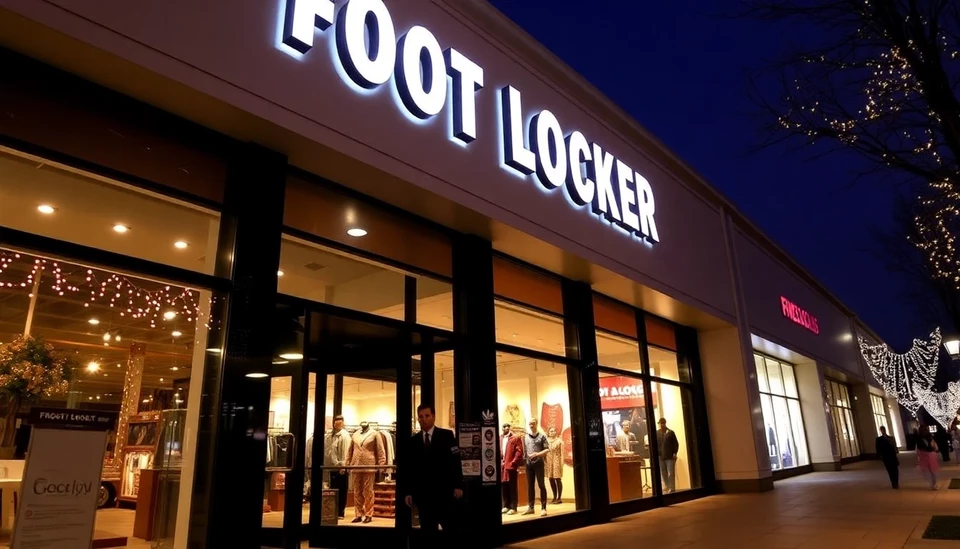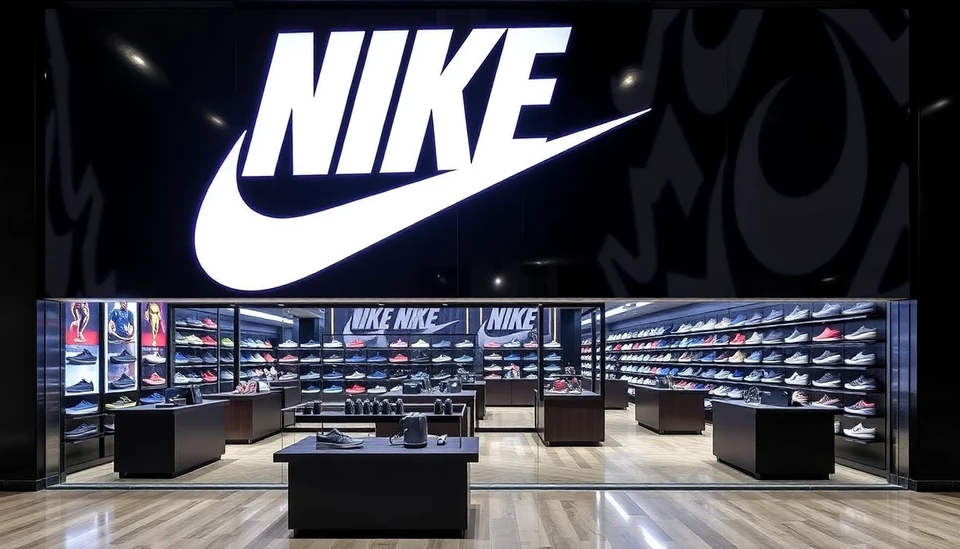
Foot Locker, the renowned athletic footwear and apparel retailer, is currently grappling with a challenging business environment that has led to a cautious outlook for the upcoming months. The company’s recent financial update shed light on a landscape marked by increased discounts and waning consumer demand, particularly for its sneaker offerings.
In a statement issued during their latest earnings call, Foot Locker officials expressed concern about the persistent pressure on the retail sector, amplifying the struggle for profitability amid tightening consumer spending. The ongoing issues have forced the company to implement deeper discounts to clear inventory, which, while necessary, is impacting its margins significantly.
Despite Foot Locker's efforts to attract shoppers with promotional deals, the response has been lukewarm. Analysts observed that the demand for sneakers remains tepid, which has been attributed to various factors, including economic uncertainty and changing fashion trends. Consumers appear to be more selective with their purchases, prioritizing essential items and foregoing higher-priced athletic footwear.
As a result of these challenges, Foot Locker has adjusted its sales and profit forecasts for the fiscal year ahead, indicating an anticipated decrease in overall financial performance. Executives noted that maintaining a balance between inventory management and consumer demand will be crucial as they navigate this difficult retail environment. The company is working diligently to find its footing by streamlining its product offerings and increasing the appeal of their marketing campaigns.
In a bid to rejuvenate sales, Foot Locker is focusing on enhancing its in-store experience and strengthening its digital presence. With a growing emphasis on e-commerce, the retailer is investing in technology and infrastructure to ensure a seamless shopping experience for customers who prefer online transactions.
Moreover, the company is exploring collaborations with popular footwear brands to create exclusive lines, hoping to rekindle interest amongst consumers. These collaborations could not only attract new customers but also offer loyal consumers fresh and exciting options, thereby potentially reinvigorating sales and brand loyalty.
While Foot Locker possesses a strong brand reputation and a loyal customer base, it will need to adapt quickly to the changing market dynamics to ensure sustainable growth. The emphasis on innovative marketing and product strategies will be pivotal for the retailer as it seeks to recover from this rocky period.
Looking forward, Foot Locker's management remains cautiously optimistic, recognizing that the economic climate can shift rapidly. As they navigate these challenges, their strategies over the coming months will be closely watched by analysts and investors alike, who keenly await signs of recovery and renewed consumer interest in athletic footwear.
In conclusion, the situation at Foot Locker mirrors broader trends within the retail sector, where discounts and consumer sentiment have become defining characteristics. The coming months will be critical for the company as it strives to regain momentum in a competitive landscape that demands agility and innovation.
#FootLocker #RetailNews #SneakerDemand #Ecommerce #AthleticWear #ConsumerTrends #FinancialForecast
Author: Victoria Adams

